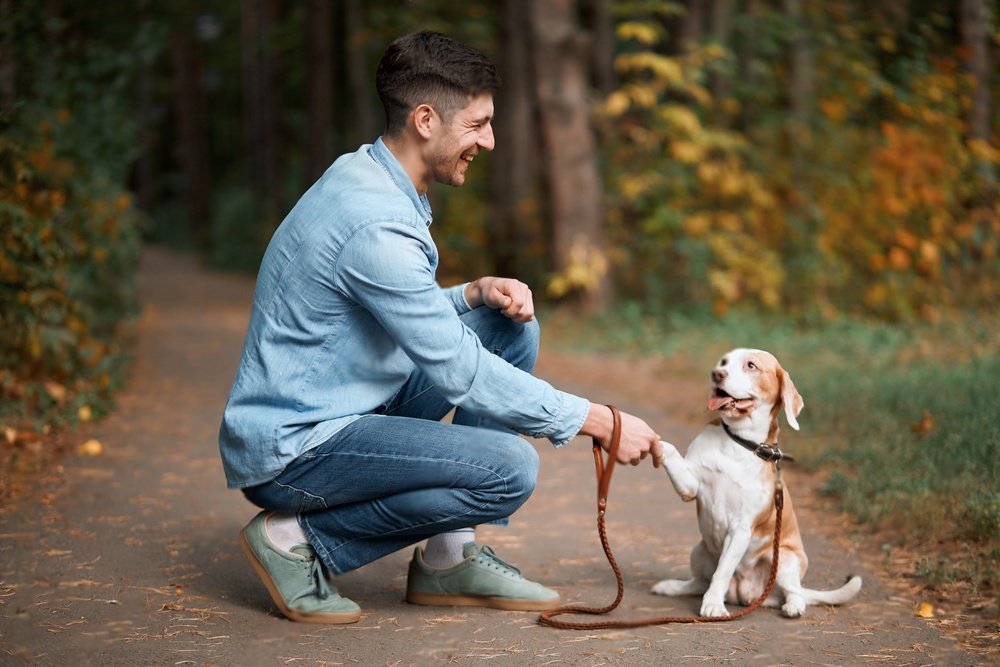How To Train Your Dog Through Play

Play is a high-value activity for both humans and dogs—you only have to
look at the popularity of ball games with both species (although dogs are
less enthusiastic about the spectator role than people are). As well as
offering all kinds of different stimulation—new ways of thinking, exercise,
and sheer fun—play also gives your dog the chance to interact with you.
And because play is so valuable, it’s a great tool for you to use in training
your dog in the behaviors you want—and to discourage those that you
don’t.
Your dog won’t differentiate between exercises and play if he’s having fun.
To make sure that your training time together is both enjoyable and useful,
get into good habits and stick to them. Here’s how:
• RULE 1: Never start a session when your dog is already tired or cranky; equally,
you may want to take the edge off his energy before you try to get him to play
mind games with you—perhaps get into the habit of doing ten minutes of
exercises at the end of a daily walk.
• RULE 2: Only teach your dog when you’re in a positive frame of mind. If you’re
feeling angry or impatient, it will communicate itself to your pet, and the
session probably won’t be a success.
• RULE 3: Try a range of exercises in every session. Even if you only commit to
ten minutes once a day, daily (time enough to get good results), aim to do two
exercises your pet already knows or almost knows, and one that’s new to him.
This will keep it fresh and keep boredom at bay.
• RULE 4: When an exercise consists of more than one stage, don’t overload your
dog; teach him each stage separately before putting them together.
• RULE 5: Alternate active games with thinking exercises; most owners find that
they get better results if they vary the pace when they’re teaching.
• RULE 6: If your dog doesn’t get it, take a step back. If you’ve tried something
three times and your dog doesn’t understand what you want and is beginning to
get frustrated, go back to something you know he can do—even if it’s a simple
“Sit”—and try again the following day. This reduces pressure and stops him
from becoming anxious.
• RULE 7: Make the rewards worth it. Keep the treats small, but make them
something your dog loves. For most pets, this might mean tiny pieces of
chicken, cheese, or sausage—and be generous. If necessary, cut back his meals
a little so he doesn’t put on weight.
• RULE 8: Give an occasional bonus payoff. This is a trick many professional trainers use. Most of the time, when your dog successfully does what he’s asked, he gets a treat. But every so often—not every session, but perhaps once or twice a week—give him six or seven treats at once when he does what you ask. Your pet will be thrilled, and the possibility of a treat bonanza will encourage him to pay even closer attention to you.
• RULE 9: Offer fewer treats with tried-and-tested exercises with which your dog
has become completely familiar. Give him a treat, but not every time. Keep the
best stuff for when he’s working hard at something new.
• RULE 10: You can teach your dog all his life. Don’t assume that training is
finished because you’ve ironed out his bad habits and taught him to do most of
what you need him to; instead, use future sessions to reinforce the bond
between you and experiment with new tricks and games.




